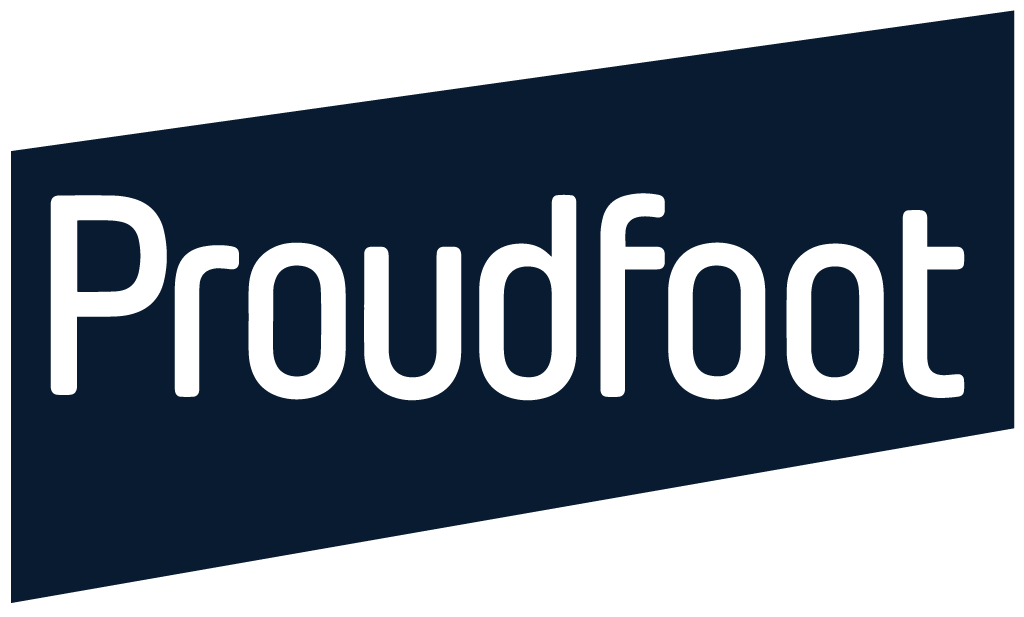
The pandemic has disrupted trade and freight linkages, leading to a crippling shortage of containers like never seen before. Freight rates have skyrocketed, and shipment delays have been a common issue across industries and sectors.
Worse, in March 2021, the Suez Canal — one of the world’s busiest trade routes — became blocked when a container vessel ran aground. It took six days to free the vessel, with hundreds of ships backed up on either side of the Canal. One estimate said the blockage was holding up trade valued at over US$9 billion each day.[1] Unfortunately, the actual cost is likely to be higher, given that the estimate does not include costs such as additional charges when ships had to reroute to take a longer path to their destination ports or changes in commodity prices.[2]
These losses have hit many businesses directly, but other parts of the supply chain have also experienced trickle-down effects. In many cases, even the end consumer has been impacted.
How to cope with the ripple effect
The pandemic has forced a rethink in supply chain resilience, and pressure is mounting for the logistics industry to quickly adjust to the new landscape. From our on-the-ground experience in the logistics industry, here are the top four must-dos for leaders today:
Manage risk to ensure resilient operations.
COVID-19 threw a harsh spotlight on the lack of agility and flexibility of most supply chains. Now, it is essential more than ever that the industry has a robust risk management network to manage disruptions. A good risk management framework identifies known and unknown risks. A typical unknown risk is a military coup in a country. A known risk could be a supplier’s financial troubles, which may disrupt the supply of specific components.
Creating a risk management framework, assigning a weightage to every risk, and constantly monitoring all the risks is essential for contingency planning — and ultimately improving supply chain efficiency and resilience.
Identify areas to optimise your network and bring down the total cost of ownership (TCO).
TCO is a concept that addresses all the costs in the supply chain. It includes everything from shipping costs and risk management costs to currency fluctuations.
There is a range of metrics and KPIs that logistics companies can track to improve efficiencies and reduce costs. A ship utilisation rate is one of the most critical operational metrics in the logistics industry. Tracking the amount of time the vessel is in use versus in maintenance and repair can help you optimise your network. Warehouse expenses is another reference of costs that needs close monitoring.
Managing an optimised supply chain requires visibility on the TCO. Bringing down costs will also free up resources for innovation and the adoption of emerging technologies.
Automate and digitise!
Emerging technologies such as the Internet of Things (IoT), artificial intelligence (AI) and autonomous vehicles can play a positive disruptive role. One of the most significant innovations in the industry is the emergence of driverless trucks and cars, helping companies alleviate difficulties in finding adequate staff to drive the vehicles. Amazon and Walmart have made sizeable investments in automated driving vehicles.
AI can also be applied to evaluating your supply chain risk and developing a more robust strategic sourcing strategy. If there ever was a time in history that displayed the risks associated with suppliers, COVID-19 has managed to expose all the weaknesses associated to those providing services and raw material to our operations. For many, the pandemic presented a radical need to change to more local suppliers, financially stable suppliers able to endure the stress of a global catastrophe, or suppliers with their own risk strategy plan already in place. Ensuring you have rapid and continuous scouting strategy can make one of the biggest and most important impacts on supply chain risk management.
Create and implement a multi-stakeholder engagement plan. Nothing Moves Until People Move!
Any transformation you engage on, from implementing more robust supply chain networks to digitalisation, will require you to engage all the people and communities involved in that change – starting with your own employees and suppliers. In the past most change programs, including supply, operational and digital transformations, seem to lack the human element needed to actually engage people in successful transformation, yet alone accelerate it to drive company growth and hard, measurable outcomes. Having engaged in over 30,000 operational assessments and another 20,000 operational change programs, Proudfoot knows that engagement ignites change. A well-articulated multi-stakeholder engagement program allows you to identify all the players and influencers of change and create a finite plan to improve their connection and collaboration, create a community, and build their confidence. Confidence and commitment to change, creates the momentum and buy-in for transformations to be successful.

Proudfoot helps you plan, identify, and implement network optimization opportunities and lower your cost of ownership. We partner with some of the leading organizations to implement technologies while ensuring your organisation is ready for the digital change, accelerates user adoption, and speeds the return on operational and digital transformations. We engage your people, from front-line to top leadership ensuring your supply chain and your people transformation is a success.

Members of IoSCM can still access the COVID-19 Toolkit directly from the exclusive members website The IoSCM Hub.
[1] https://www.indiatoday.in/business/story/explained-how-much-did-suez-canal-blockage-cost-world-trade-1785062-2021-03-30
[2] https://www.dhl.com/content/dam/dhl/global/dhl-global-forwarding/documents/pdf/glo-dgf-ocean-market-update.pdf
